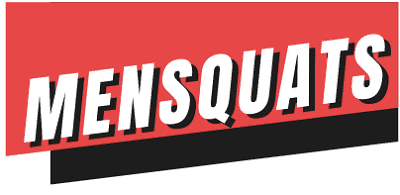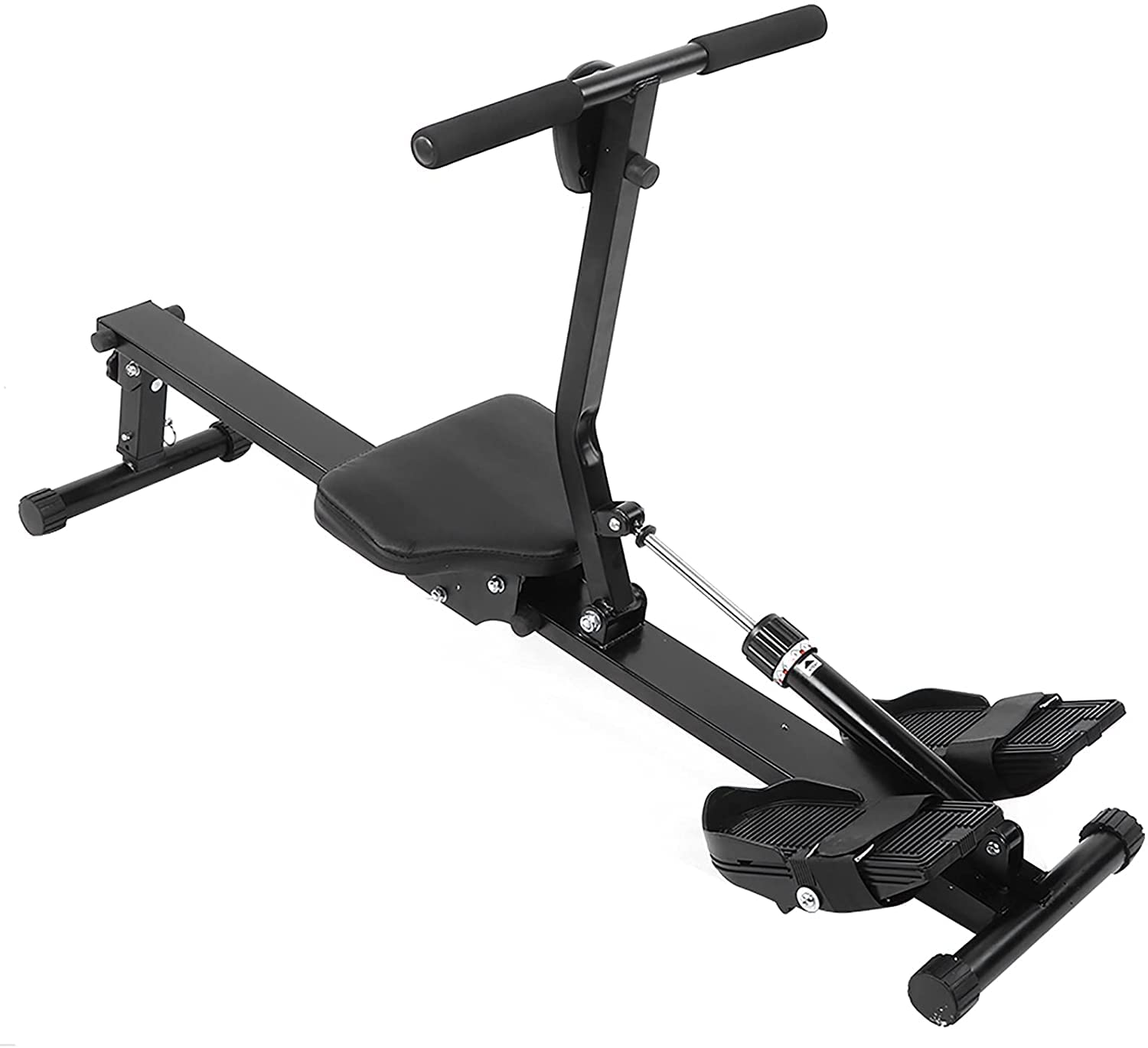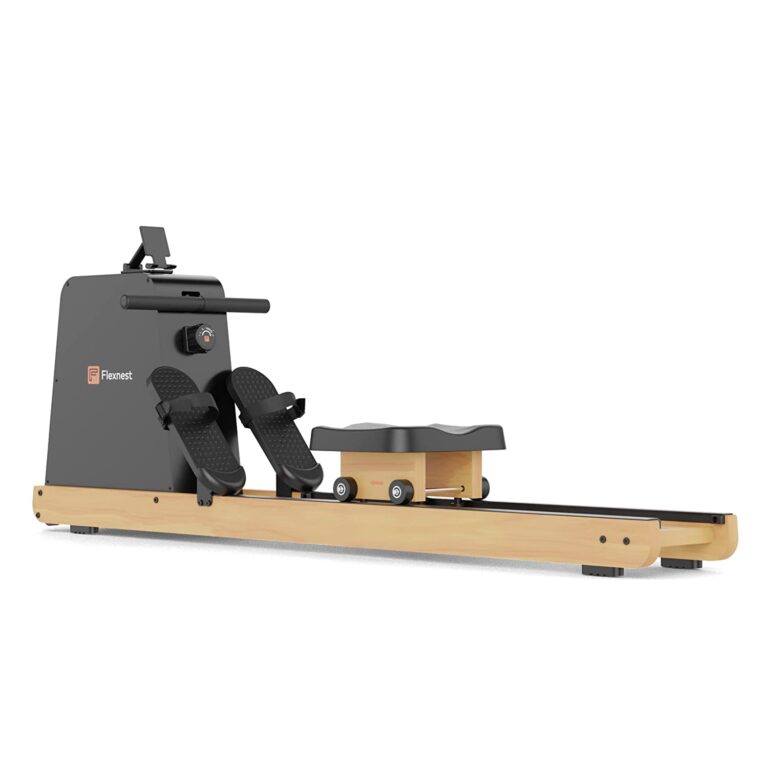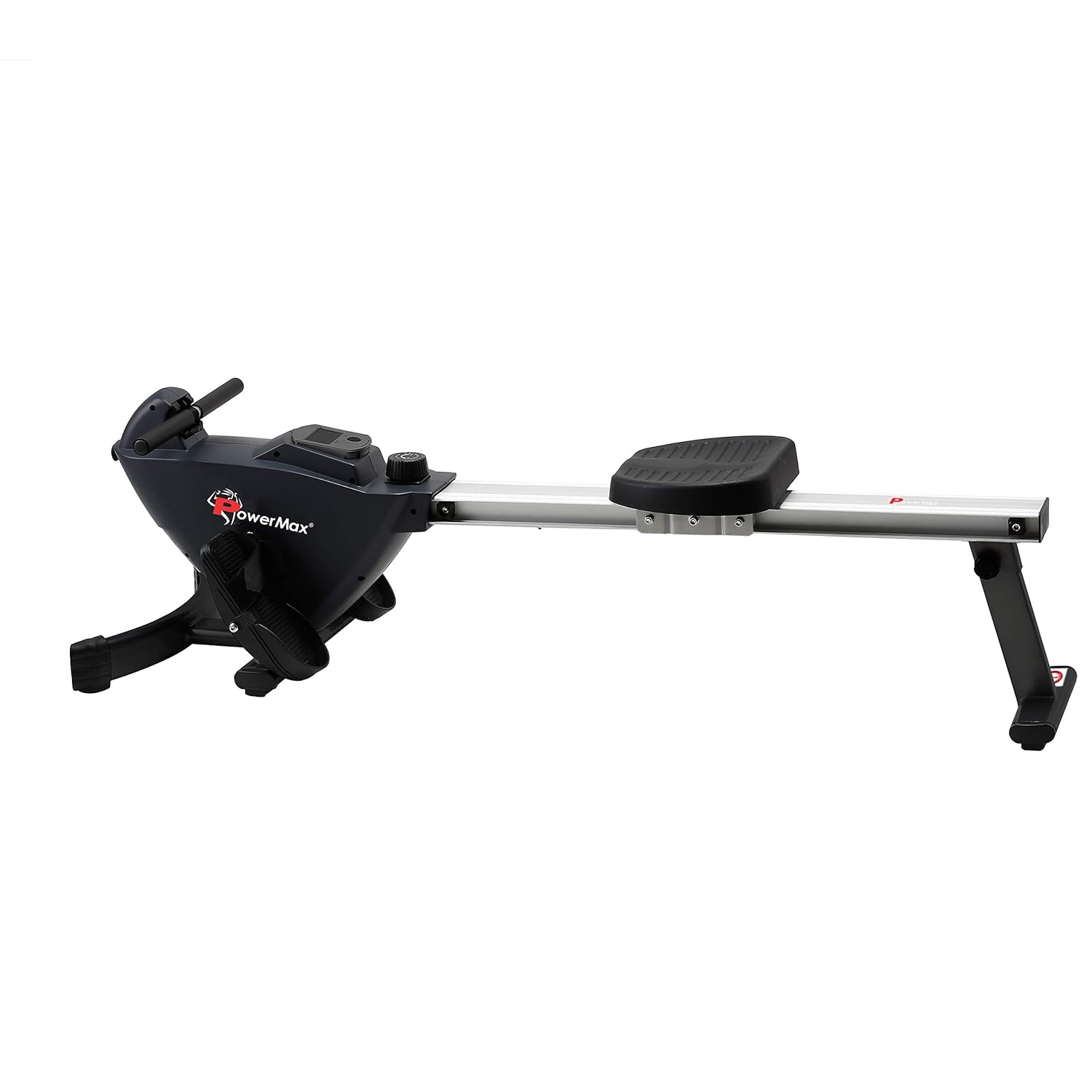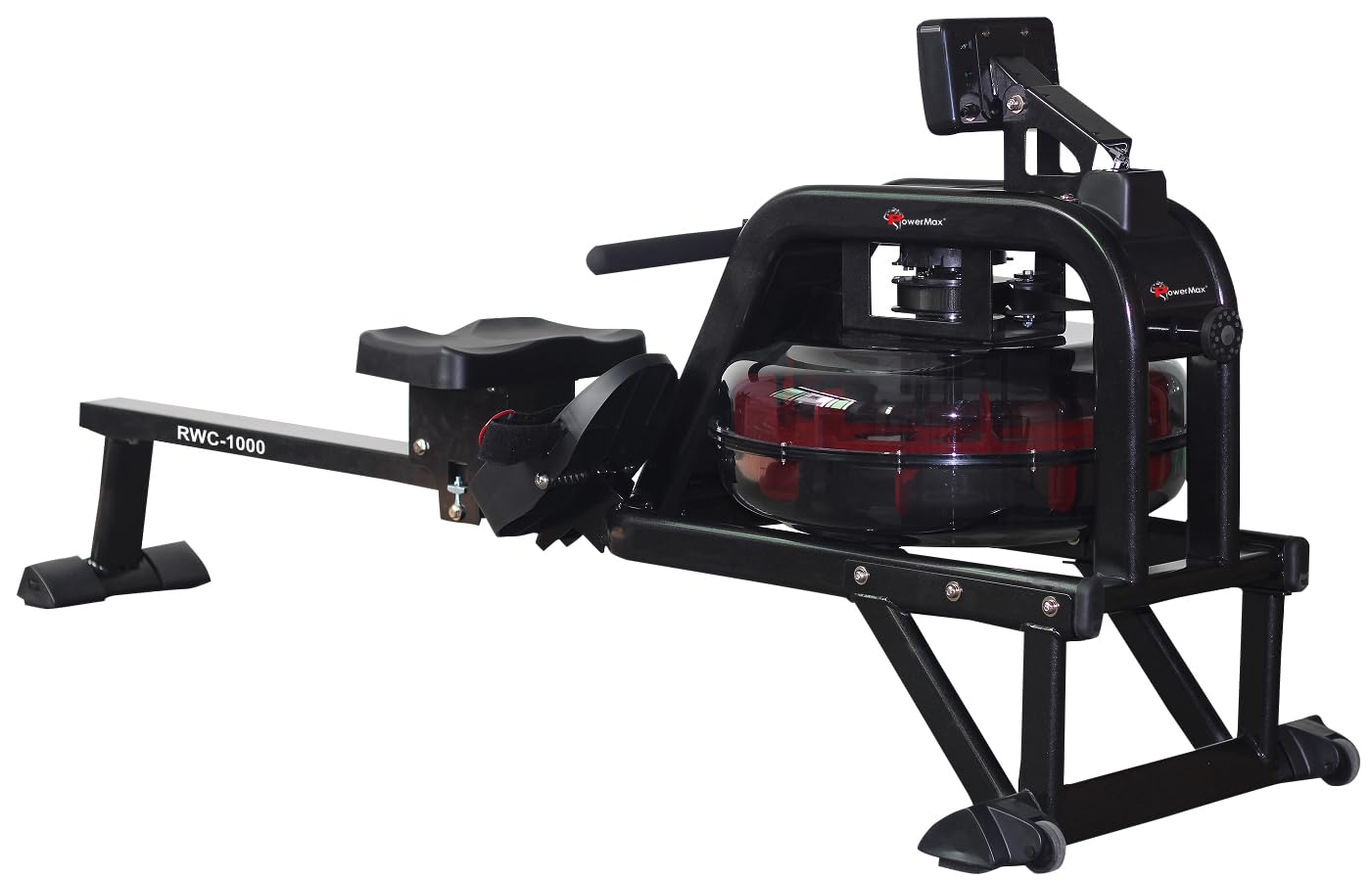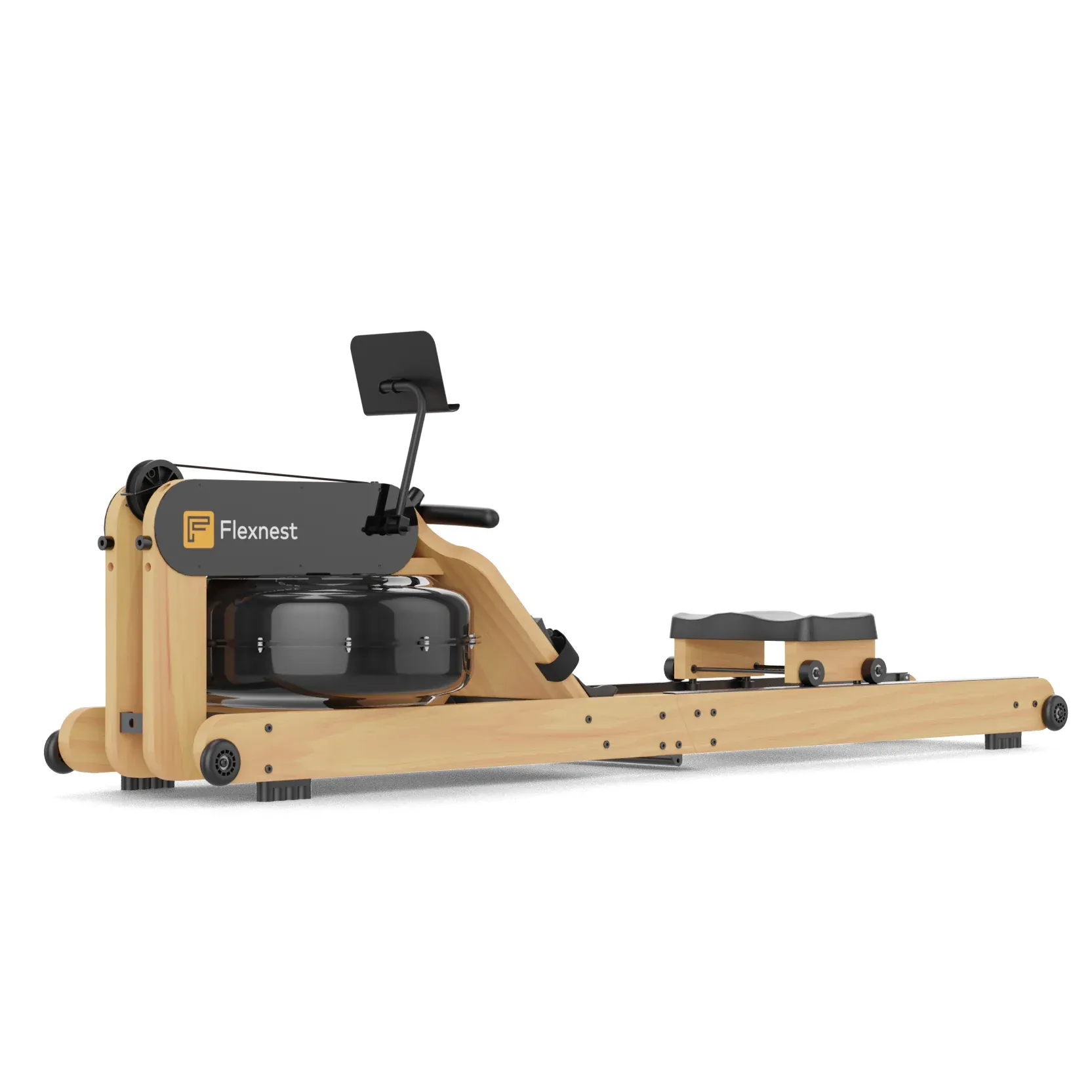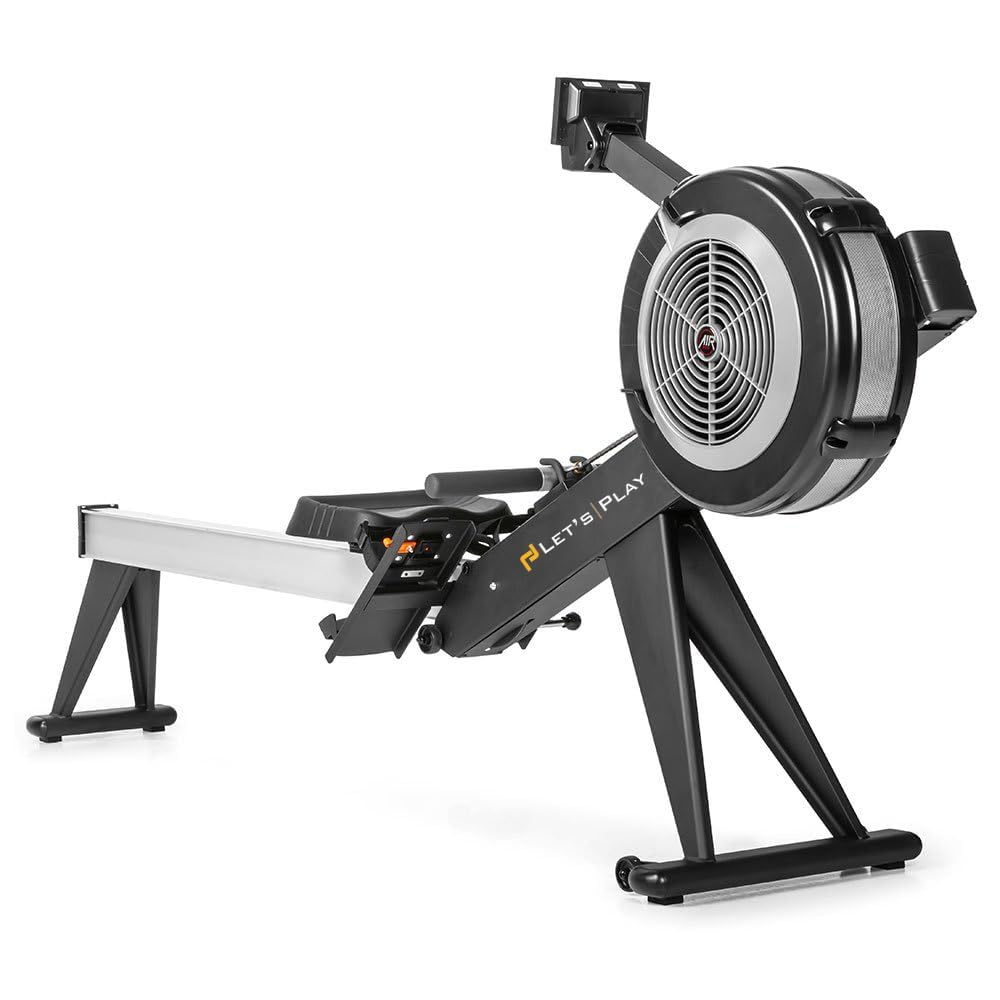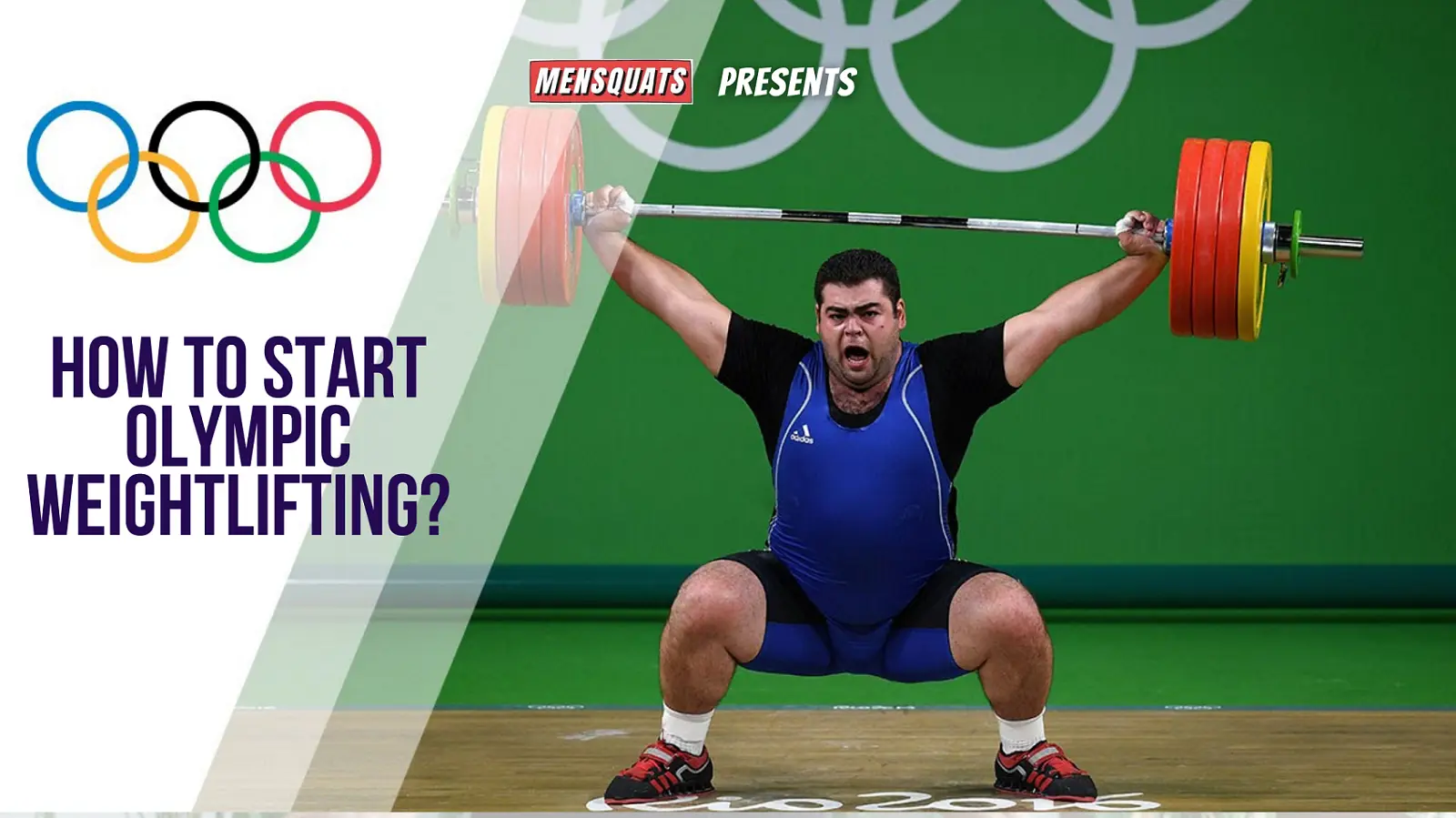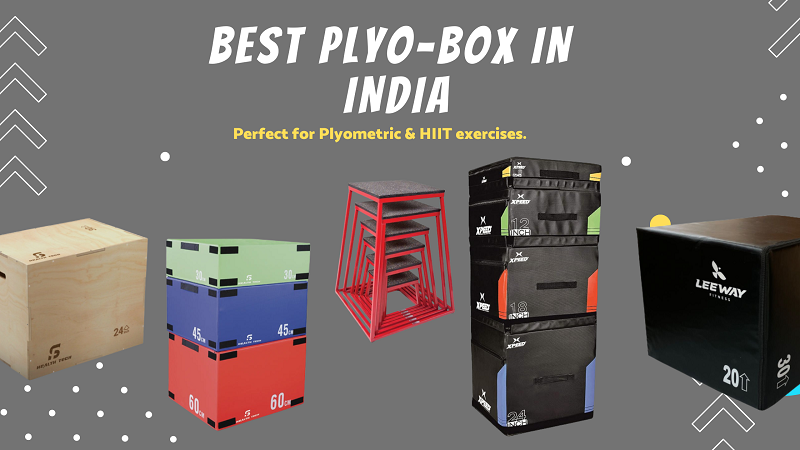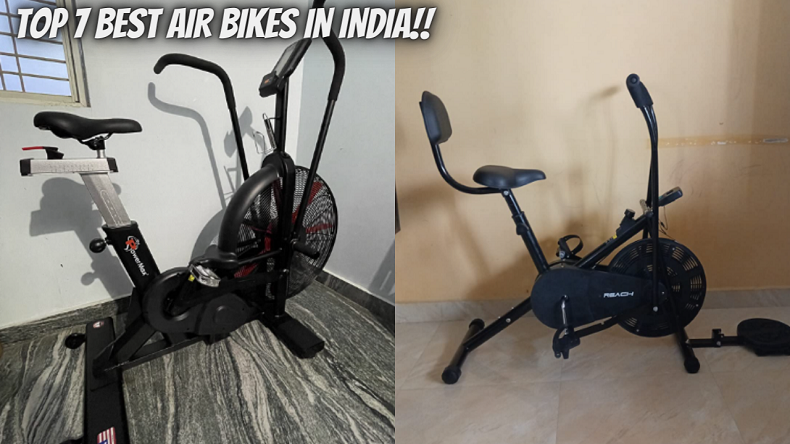Which Rowing Machine To Buy? Pros & Cons – Explained.
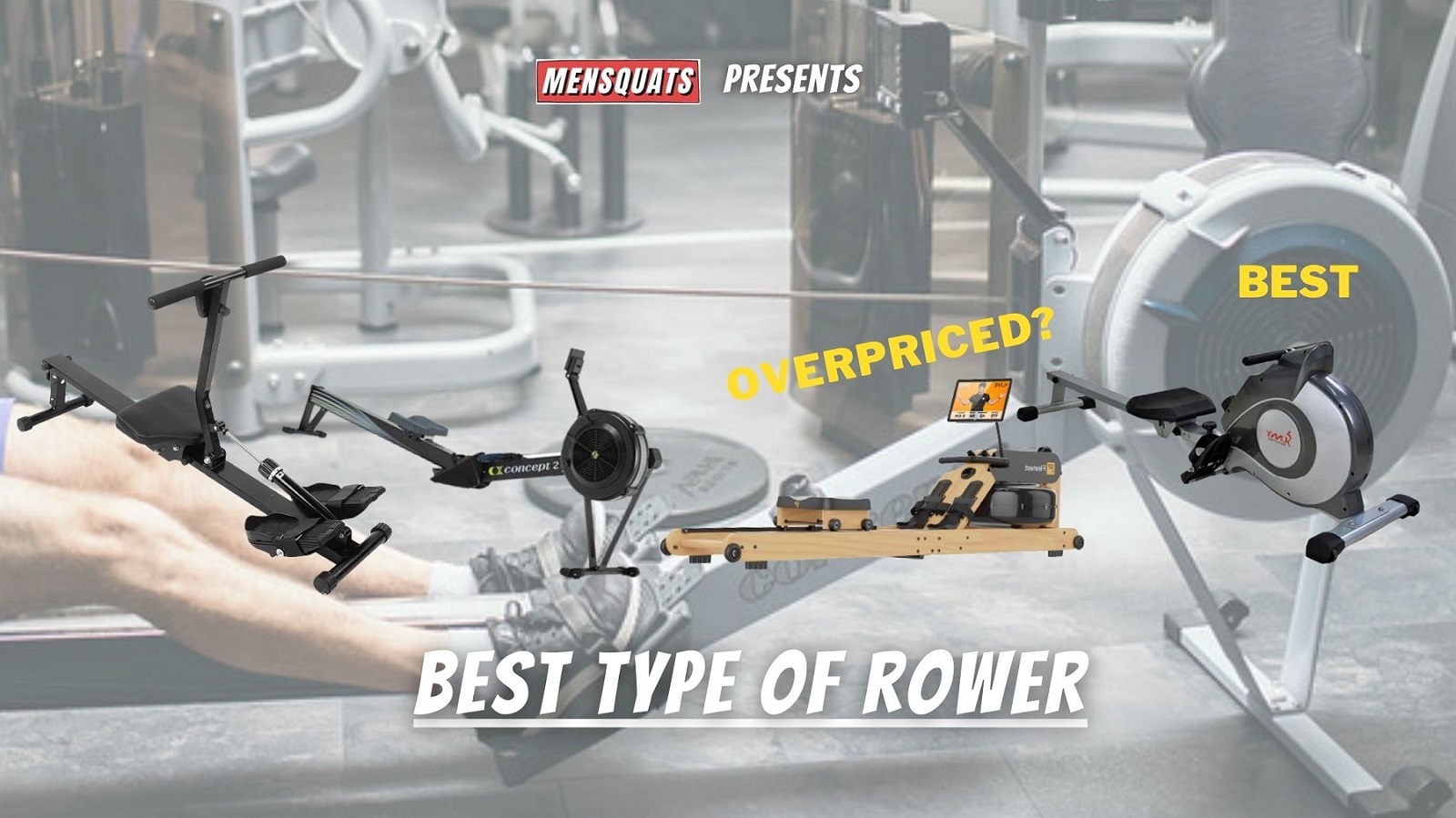
If you're sitting down to search "which rowing machine to buy", you're most likely looking at number #1: PRICE. Obviously, but number#2, What resistance is best for rowing? 👌
There’s a big category that you may be overlooking that’s actually incredibly important. Because they have a lot of pros and cons to any type of resistance on the machine you’re considering.
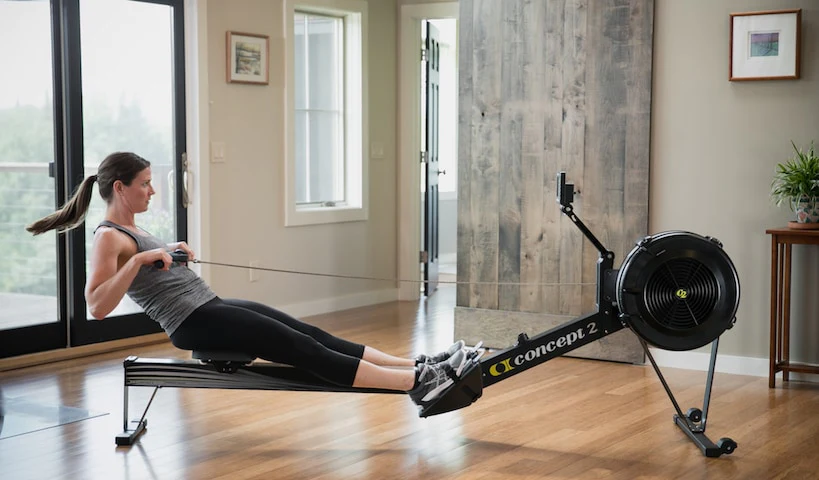
There are many types of resistance when it comes to rowing machine uses, each has its benefits & downsides.
Let’s talk about that today.👍
☑️ So, there are 4 primary best type of rowing machines currently.
Now, are there others that are worth discussing in the past and on higher-end machines? Yeah, but they’re outliers.
You have hydraulic, magnetic or electromagnetic, water, and air. 💖 So those are your 4 “best type of rowing machines” that you need to consider, and again, each of them has a pretty decent pro and con list that you should be looking at.
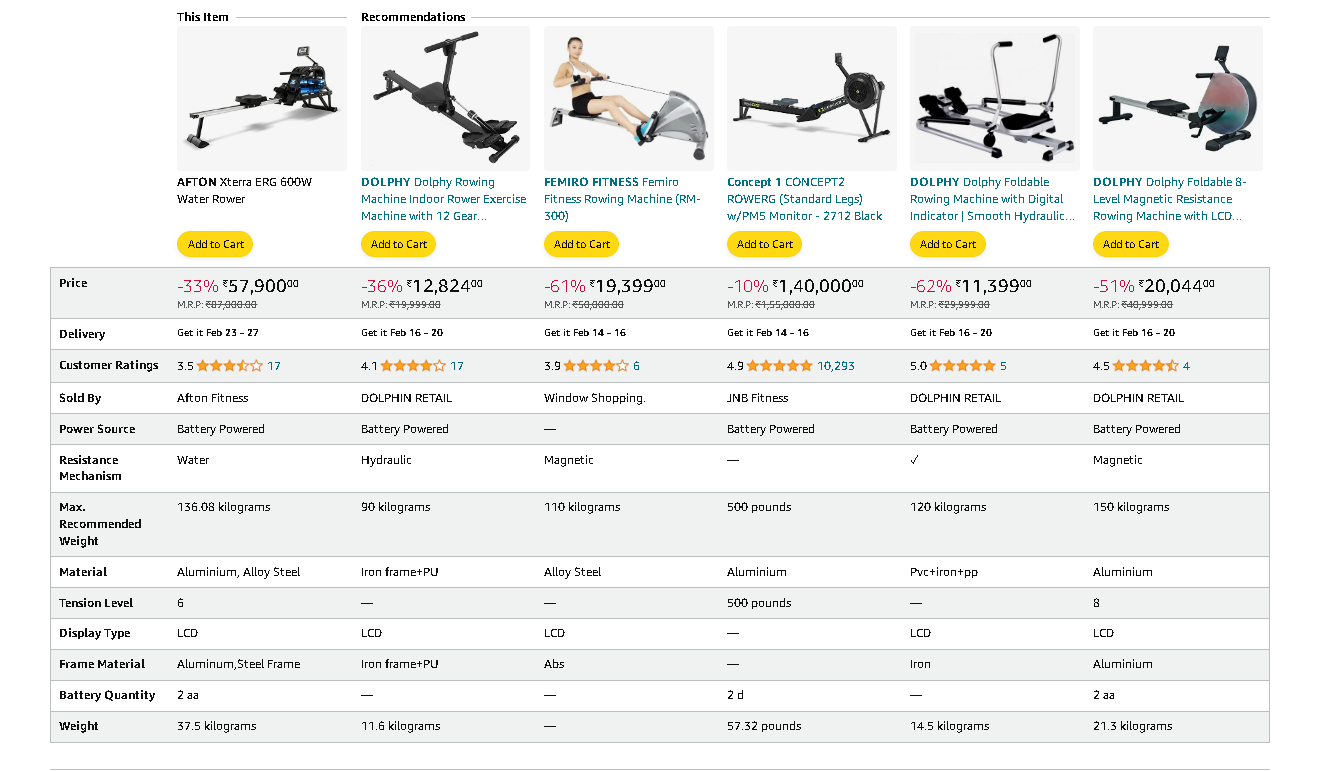
And then you can go about hunting all the different machines in and what price they come at. 👍
What is the best type of rowing machine to buy?
ROWER TYPE 1: Hydraulic Rower

☑️ The hydraulic rower originated in the mid-20th century as a solution for indoor rowing exercise. Despite competition from other types of rowing machines, hydraulic rowers remain popular due to their affordability, ease of use, and compact design.
Now, the first of these machine types: is hydraulic. Hydraulic rowers are generally you have the lowest-priced option. So you can find some very, inexpensive rowing machines with hydraulic resistance.
✔️ Positives –
- Price. You can probably find some pretty inexpensive machines when they are hydraulic.
- They’re pretty quiet. There’s not a whole lot of mechanical noise happening when you use a hydraulic machine. So put that under the pro category under ‘dang quiet’.
- Compact in size. They don’t take up a lot of space because they’re pretty small machines. That also plays in their favour because they can fit in very tight, small spaces.
❌ Negatives –
On the con side, when it comes to a hydraulic machine,
- You’re not going to collect any data. Most of these rowing machines don’t have any useful data coming in to monitor. Maybe there’s a time function, frankly, that’s probably it. Most of them aren’t measuring any kind of wattage or output, because there’s not a whole lot of accuracy that comes from these machines.
- Not actually emulating the rowing stroke. That’s probably my biggest knock of most piston-driven machines. They just don’t take you through the rowing stroke. The closest I could relate to is like a rowboat, like a fixed-seat rowboat in a big open lake where you’re like doing this thing. So maybe you’re emulating row boats, but real rowing is a leg with a sliding seat, it’s a big leg push, and that’s where so much of the value of rowing comes from is in its movement. So odds are you’re not getting the benefits of rowing with hydraulic machines.
- You probably can’t adjust the Resistance. There’s no real way to create consistency with that changeover in resistance if you’re able to. There’s probably no measurement when it comes to it. Am I going to knock somebody who buys this machine for the price? No, but if we’re evaluating these from pros and cons, the fact that you can’t adjust resistance, is definitely a con.
ROWER TYPE 2: Magnetic Rowers.

☑️ Magnetic rowers emerged in the late 20th century, they offer precise resistance control, quiet operation, and minimal maintenance compared to other types of rowers. With features like digital monitors and programmable workouts, magnetic rowers gained popularity in home gyms and fitness centers.
Now, with magnetic resistance, there’s a bit of a split here because you have magnetic, manual magnetic, and electromagnetic (EMR). So EMR and manual magnetic, both are going to create resistance, in that magnets are going to create the resistance of what is probably still a flywheel inside of the machine.
But the difference with a magnetic is that you’re generally going to use some kind of manual adjustment like a turn of a knob or something to bring magnets closer together which creates more resistance on the flywheel.
This creates a heavier feeling, or you turn it the other way, and they get further apart, which means that they don’t have as strong of a pull to each other, and that is going to create less resistance.
On the electromagnetic side, it’s probably computer-controlled, and resistance changes by driving current through the magnets to make them stronger or weaker so that you can adjust the resistance on the machine. So when you get to that adjustment, you’re going to send the current. The higher the current, the more the resistance, the lower the current, the less the resistance.👌
✔️ Positives –
- You get a faster adjustment. It can be a little bit easier for you to just touch the screen of the machine you’re on and watch the machine change the resistance for you because, again, it’s electric. You’re plugged in somewhere so you’ve got current going, you just go, “Give me that heavier,” and it goes, “All right, more current, heavier,” and that’s what you generally feel. So you get a faster adjustment of your resistance.
- It’s very quiet. This may be the quietest of machines because there is essentially nothing mechanical happening. So you don’t have that mechanical noise that’s going like a flywheel spinning or water splashing or pistons going.
- You’re going to get a greater range. This is because you can essentially turn them heavy and so you get this broader range, higher highs, lower lows, and everything in between. That gives you a lot of resistance opportunities inside the machine.
- You can get more dynamic workouts. Especially if it’s EMR or electromagnetic, then you’re going to be able to perhaps get more dynamic workouts inside of the workout. This means maybe the machine can adjust resistance for you in the middle of the workout. For example, you take your stroke rate up, well, maybe that sends a signal to the computer to lighten the resistance because that’s what happens on water.
- Less maintenance: A magnetic resistance machine is not going to have as much maintenance because it’s just a fairly simple system. Now, I want to put an asterisk on that one because you’re probably going to see a divergence there on the manual magnetic and electromagnetic. On an electromagnetic, you have computers, you have a lot more happening inside which just increases the chances for failure of something.
❌ Negatives –
- Price. Now, if you have a manual magnetic, you’re probably going to still be able to find more reasonably priced, EMR & it is going to be more expensive. And that’s because there’s more that has to go into the system to build it. The cost is going to go up once you get into the electromagnetic resistance side.
- It’s a bit of a black box as to what’s happening. It’s more like you’re not going to be able to get your hands in there to work on it if something goes wrong, whereas a more mechanical machine generally is going to be using simpler parts that you might be able to do repairs on yourself. So black box piece can be considered a con too.
- You have to be connected to power. You need to be somewhere within reach of an outlet. Otherwise, you’re not going to be getting any resistance on the machine or adjustability on the machine. Again, that goes for EMR, not manual, but that being said, that, to me, is a downside. I don’t love the idea that I have to have an extension cord running somewhere across.
- You may not get as realistic of a feel with magnetic resistance. Some companies are going to argue that it creates a very realistic feel because they’re able to create the adjustment. But I’d argue that magnetic resistance just doesn’t quite land the same. If you’re looking for that feel of real rowing, you might not get that when it comes to EMR.
Best Magnetic Rowing machine price in India –
ROWER TYPE 3: Water Resistance.

☑️ Water resistance rowers were developed in the late 20th century to replicate the feel of rowing on water. They feature water-filled tanks. These rowers gained popularity for their authentic rowing experience.
A category of which there are actually quite a few machines that fall in this area. You have different companies that put their tanks in different orientations. You get your resistance from a tank of water with a flywheel or a blade that sits in the water, and that blade spins and pushes the water around.
✔️ Positives –
- It sounds beautiful. What, just this, the whoosh of water? It puts you into the mindset of rowing, and you get that sloshing, it’s like, ah, it’s almost meditative. I do enjoy the sound of a water-based rowing machine, so that’s definitely a PRO for me.⭐
- Pretty good-looking. That water is also very soothing to see, and so you get this visual aesthetic that comes with water that you can’t get with a mechanical machine.
- These are quiet as well. Because you’re getting that whoosh, it’s kind of hard to make a whoosh so loud that you upset people or your neighbours through your apartment wall. So when you’re looking for a quiet machine, water-based machines are a good way to fit into that category because you both get that beautiful sound and it also isn’t so loud that it bothers people around you.
- More of a realistic water feel. Now, some rowers would argue that a water-based rowing machine doesn’t feel like rowing on the water, but if you’ve never rowed on the water, do you know the difference? No, you’re getting just a bit more unique of a feel and a more unique of experience with water in your machine, and many people cherish and love that feeling of the flywheel moving through water. It’s just very earthy.
❌ Negatives –
- Inability to adjust resistance easily: Water-based rowing machines don’t have a whole lot of adjustability in their resistance levels. They use more of the argument that your effort changes the resistance of the machine. It’s up to you to create the resistance to change. You can’t just boom, flip a lever, and all of a sudden it feels heavier or lighter for you to play with.
- Cleanliness factor: It’s pretty manual, so if you wanted to adjust resistance, for example, you would have to use a pump to get water out. As well as the cleanliness factor, you’ve got to make sure you keep chlorine tablets in there so that the water doesn’t go bad, and stays clean.
- Price starts to go up: These machines have to be built with greater engineering to house the water that’s in there and make them look pretty. Many of them use higher-end materials, so the cost is generally going to go up once you see a water-based rower.
So does water resistance tickle your fancy? Well, hold on because we’re getting into Air, which is probably, with water, one of the other most common resistance factors that you’re going to find.⭐
Best Water Rowering machine to buy in India –
ROWER TYPE 4: The Air Rower

☑️ Air rowers were developed in the late 20th century to simulate the resistance experienced while rowing on water. They use a flywheel and fan mechanism to generate adjustable resistance based on the user’s rowing intensity.
Usually, there’s a mechanism for closing off or opening up air supply into the machine. Or it’s actually not so much air supply as it is the ability for air to move in and out of the housing around the flywheel.
Once you introduce that housing, it allows you to create different resistance levels, and that is how the resistance is altered.
So, generally, on the side or the top of these machines, you just adjust a little knob, and that’s going to change the amount of air that moves into and out of the housing, which is going to hold the flywheel.
👌 And generally, that housing does a couple of things.
- It saves little fingers from getting stuck in a really fast fan blade.
- And the other is that it allows you and gives you that adjustability or that variability of resistance on the machine.
✔️ Positives:
- A little bit easier to work on: Generally, the parts are easier to come by. You might be more comfortable working on it if something needs to be repaired. And so it’s pretty simple to get into them. And often, they’re built to be repaired manually on your own with simple parts. So you set yourself up for future-proofing not having to do a lot of maintenance that’s unreasonable.
- They’re smooth: They’re not very clunky unless you get really old machines. But a well-maintained air resistance machine is going to feel pretty smooth.
- Pretty price-reasonable. Most flywheel-based machines or air flywheel-based machines are going to be reasonably priced. They’re not going to fall into a category that gets outrageously expensive. You’re going to be able to procure one at a reasonable price for the most part because there’s nothing inherently super expensive about it. The parts are easier to come by.
- More Resistance levels, they’re just very adjustable. You don’t quite get the range of electromagnetic, but you do get a decent range of light to heavy resistance, which gives you a number of different factors for your workouts. Or you want to be more strength-based and heavier, and you want a lot of resistance. Well, you can do that with an air-based resistance machine.
❌ Negatives:
- They get dirty. They pick up a lot of dirt from the air and the surrounding area, and so they require a healthy amount of maintenance. In many of these air rowing machines, you have to get in there, there’s a chain, you’ve got to open it up and vacuum it and then that can have an impact on the performance of the machine, which many people don’t know. But regular maintenance is required, so you do need to have a maintenance schedule in mind.
- They’re known for being noisy: Because you have chains and cogs and a flywheel and plastic parts in there, it just isn’t a quiet machine. So you need to take into consideration if you need that quiet in your workout space. Well, then maybe an air resistance machine isn’t the right one for you.
- The air-resistant side is that they’re impacted quite a bit by external factors, humidity, altitude, and dirt. All of those things impact the performance of the machine. And so you must understand keeping your machine clean is important. Taking note of your drag factor, and always using a drag factor versus a damper setting so that you get accurate, consistent performance on your machine at all times.
Best Air Rowing Machine Price in India –
Which rowing machine to buy?
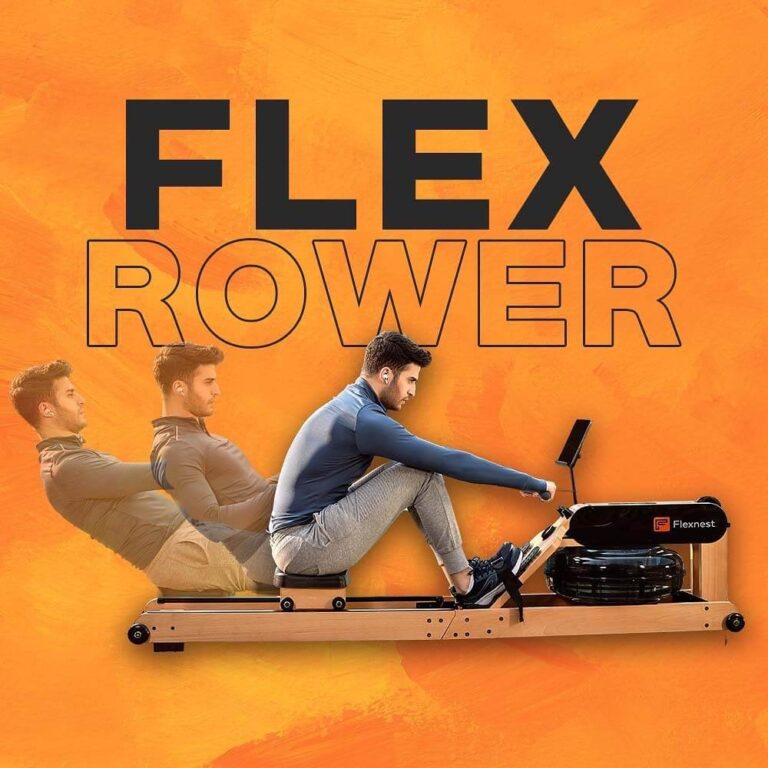
It’s interesting to see what kind of machines people gravitate to and why.
Maybe your discussion point will help somebody else make that decision for themselves because, at the end of the day, there are a lot of factors that go into this. 👌
☑️ As you go along in this journey, you’re going to need to make sure that you know what you’re doing and when you get your machine, you get the most out of it.
FAQs
Q1: What are the different type of rowing machines?
☑️ There are five main types of rowing machines:
- Air resistance: These machines use a fan that spins faster as you row harder, creating more resistance. They offer a natural rowing feel and require no maintenance, but can be noisy.
- Magnetic: These machines use magnets to create adjustable resistance levels. They are quiet and smooth, but might not feel as realistic as air or water machines.
- Water resistance: These machines have a tank filled with water and a paddle that creates resistance. They provide a very realistic rowing experience with a soothing water sound but require maintenance and can be heavier and pricier.
- Hydraulic: These machines use pistons filled with fluid to create resistance. They are affordable and compact, but offer limited resistance levels and might not feel as smooth as other options.
- Hybrid: These machines combine features of different types, like air and magnetic resistance, offering a wider range of options and feel. They are typically more expensive.
Q2: Which rowing machine is best?
☑️ There’s no single “best” machine, as it depends on your individual needs and preferences. Consider factors like:
- Budget: Air and hydraulic machines are typically more affordable, while water and hybrid models tend to be pricier.
- Noise level: Magnetic and water machines are quieter than air models.
- Maintenance: Water machines require regular water changes and cleaning, while others require minimal maintenance.
- Experience level: Beginners might prefer magnetic or hydraulic machines for their ease of use, while experienced users might enjoy the realistic feel of air or water models.
- Storage space: Water and hybrid machines can be larger and heavier, while air and hydraulic models are often more compact.
Q3: What is the best form for rowing machine?
Maintaining proper form is crucial to maximize benefits and avoid injury. Key points include:
- Maintain a straight back and engaged core throughout the stroke.
- Push with your legs first, then pull with your arms, keeping your elbows bent.
- Avoid hunching your shoulders or rounding your back.
- Use full leg extension and a complete arm pull for maximum engagement.
- Consult a trainer or instructional video for detailed guidance.
Q4: What is the difference in rowers?
Rowing machines differ in resistance type (air, water, magnetic, hydraulic), size, price, and features such as display consoles, seat comfort, and folding mechanisms.
Each type of rower offers unique benefits and considerations, so it’s important to compare.
Thanks for reading “Which Rowing Machine To Buy? Pros & Cons – Explained.”.
To stay updated on the latest blogs related to rowing machines, we encourage you to subscribe to our email newsletter.
Furthermore, if you have any questions, feedback, or suggestions, leave a comment below or reach out to us directly on Instagram.
Thank you for joining us.
